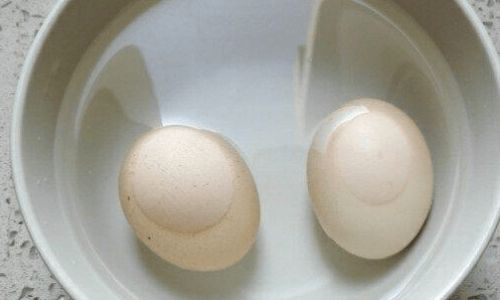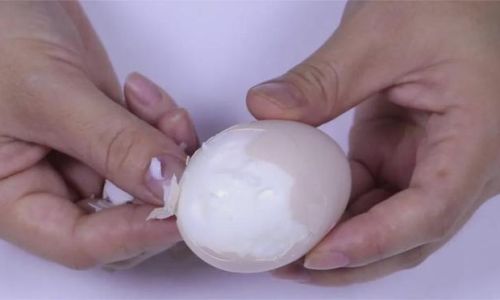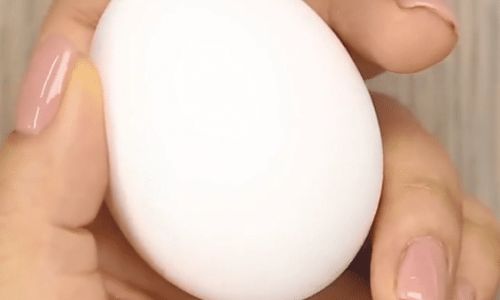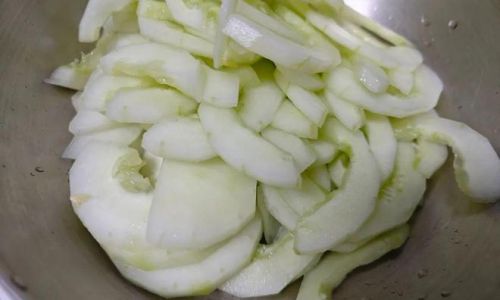Peeling a hard-boiled egg should be a simple task, yet anyone who has wrestled with a stubborn shell knows the frustration all too well. Tiny fragments cling to the white, leaving pitted surfaces and wasted time. Whether you’re preparing deviled eggs for a party, a salad topping, or a quick snack, the struggle to achieve a smooth, unblemished egg can turn a mundane chore into a test of patience. Fortunately, centuries of culinary wisdom and modern hacks have yielded a treasure trove of solutions. This article explores science-backed methods, kitchen tricks, and creative shortcuts to transform egg peeling from a chore into a breeze.
The Science Behind the Shell: Why Peeling Is Tricky
Before diving into techniques, it’s essential to understand why eggshells cling so tenaciously. Eggshells are porous, allowing moisture and gases to escape during boiling. As the egg cooks, the proteins in the white coagulate, shrinking slightly and pulling away from the shell. However, a thin membrane just beneath the shell often adheres to the egg white, especially in fresh eggs. This membrane dries out during cooking, creating a sticky bond between the shell and the egg. The goal of any peeling method is to disrupt this bond without damaging the delicate white.
Method 1: The Cold Water Shock
How It Works:
The classic “ice bath” method is a culinary school staple. After boiling eggs, transferring them to cold water halts the cooking process and creates a temperature shock that loosens the shell.
Steps:

- Boil eggs for 10–12 minutes (adjust for egg size).
- Immediately drain hot water and submerge eggs in ice water for 5–10 minutes.
- Tap the egg gently on a hard surface to crack the shell, then peel under running water.
Why It Works:
The rapid cooling causes the egg white to contract slightly, separating it from the membrane. The ice bath also prevents overcooking, which can make the white rubbery and more prone to sticking.
Pro Tip:
Add a pinch of salt to the boiling water. Salt ions penetrate the shell, weakening its grip on the membrane.
Method 2: Baking Soda Magic
How It Works:
Baking soda (sodium bicarbonate) raises the pH of the cooking water, making the shell slightly alkaline. This chemical reaction loosens the bond between the shell and the egg white.
Steps:
- Add 1 teaspoon of baking soda to a pot of boiling water.
- Gently lower eggs into the water and cook for 10–12 minutes.
- Transfer eggs to an ice bath, then peel as usual.
Why It Works:
The alkaline environment breaks down the protein structure in the membrane, reducing adhesion. This method is particularly effective for fresh eggs, which have a lower pH membrane.
Pro Tip:
Older eggs (7–10 days old) are naturally easier to peel due to a thinner membrane. If using fresh eggs, baking soda becomes your best friend.
Method 3: The Steaming Technique
How It Works:
Steaming eggs instead of boiling them ensures even cooking and minimizes contact between the egg and the shell.

Steps:
- Place a steamer basket in a pot with 1 inch of water.
- Bring water to a boil, add eggs, cover, and steam for 12–15 minutes.
- Transfer eggs to an ice bath, then peel.
Why It Works:
Steaming cooks eggs gently, reducing the risk of overcooking and making the shell easier to remove. The method also creates a small air pocket between the shell and egg, further aiding peeling.
Pro Tip:
Steamed eggs are less likely to crack during cooking, preserving their shape and texture.
Method 4: The Shaking Method
How It Works:
This viral TikTok hack uses physics to loosen the shell.
Steps:
- After boiling, drain hot water and shake the pot vigorously for 10–20 seconds.
- The impact cracks the shells and separates them from the eggs.
- Rinse eggs under cold water while peeling.
Why It Works:
The force of shaking creates micro-fractures in the shell, breaking the membrane’s hold. The water then seeps between the shell and egg, acting as a lubricant.
Pro Tip:
Use a lidded pot to prevent eggs from flying out during shaking.

Method 5: The Spoon Trick
How It Works:
A simple spoon can act as a peeling tool, leveraging the shell away from the egg.
Steps:
- Tap the egg’s base (the broader end) to crack the shell.
- Slide a spoon between the shell and egg white, gently rotating to loosen.
- Slide the spoon around the egg to remove large shell pieces.
Why It Works:
Starting at the broader end targets the air pocket, where the membrane is already loosened. The spoon’s curve matches the egg’s shape, minimizing damage.
Pro Tip:
Use a stainless steel spoon—its thin edge slips easily under the shell.
Method 6: Peeling Under Running Water
How It Works:
Water acts as a lubricant, reducing friction between your fingers and the shell.
Steps:
- Crack the egg all over by tapping it on a hard surface.
- Peel under a gentle stream of cold water, letting the water seep into cracks.
Why It Works:
Water dissolves the sticky membrane and washes away tiny shell fragments. The pressure also helps separate stubborn areas.

Pro Tip:
Hold the egg under a thin stream of water rather than a full force jet to avoid splashing.
Choosing the Right Eggs
Not all eggs are created equal. Freshness plays a huge role in peeling difficulty:
- Fresh Eggs (0–4 days old): Thicker membrane, harder to peel. Use baking soda or steam.
- Aged Eggs (7–10 days old): Thinner membrane, easier to peel. Boil as usual.
Storage Hack:
Store eggs pointy-end down in the carton. This centers the yolk and creates a larger air pocket at the base, aiding peeling.
Common Mistakes to Avoid
- Overcooking: Eggs cooked beyond 12 minutes develop a rubbery texture and stronger membrane adhesion.
- Peeling from the Wrong End: Always start at the broader end where the air pocket is.
- Using Cold Eggs: Room-temperature eggs cook more evenly. Cold eggs straight from the fridge are prone to cracking.
- Rushing the Ice Bath: Skipping the ice bath or not cooling long enough leaves the membrane intact.
Advanced Hacks for Perfect Eggs
-
The Glass Jar Method:
- Place a cracked egg in a glass jar with a little water.
- Shake vigorously for 30 seconds—the shell will slip off!
-
Vinegar Soak:
Add 1 tablespoon of vinegar to the boiling water. The acidity dissolves calcium in the shell, weakening its structure.
-
Microwave Peeling:

After boiling, microwave eggs for 10 seconds. The heat expands the air pocket, loosening the shell.
Conclusion
Peeling eggs need not be a battle of wits. By harnessing science, creativity, and a dash of patience, you can master this kitchen skill. Whether you prefer the cold shock method, the spoon trick, or a viral shaking hack, the key lies in understanding the membrane’s role and exploiting its weaknesses. Experiment with these techniques to find your favorite, and soon you’ll be peeling eggs with the confidence of a seasoned chef. Say goodbye to pitted whites and hello to perfectly smooth, Instagram-worthy eggs every time.






0 comments